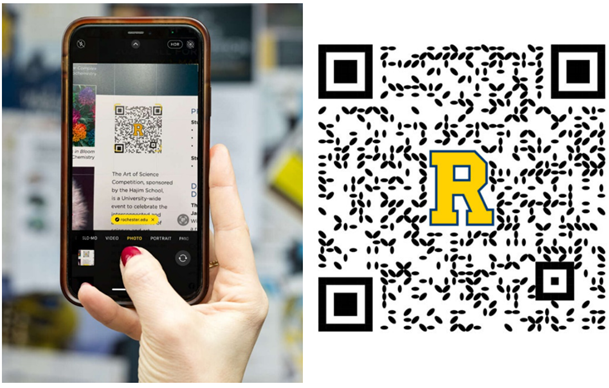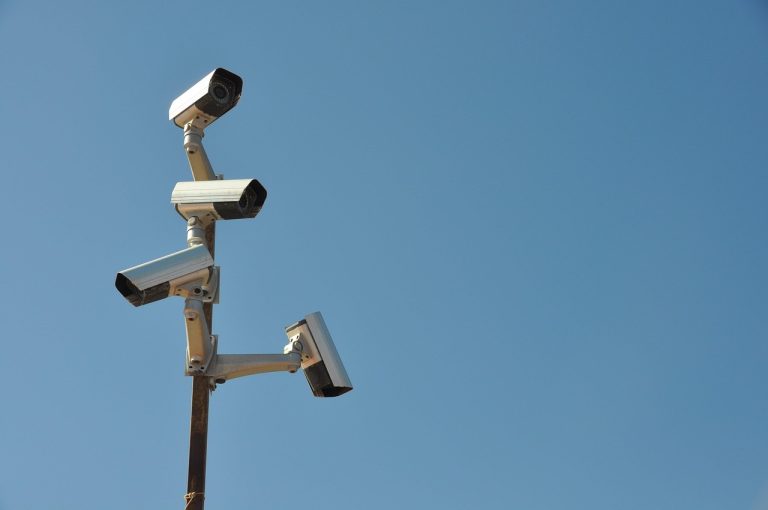
QR codes have become an indispensable tool in daily life, yet they have simultaneously evolved into a weapon for cybercriminals. Malicious actors increasingly exploit counterfeit QR codes for phishing attacks, deceiving users into entering sensitive information on fraudulent websites.
To counter this growing threat, researchers at the University of Rochester have proposed an innovative solution—self-authenticating dual-modulated QR codes (SDMQR), designed to provide robust protection against such exploits.
This cutting-edge technology operates through a cryptographic signature embedded within the QR code itself. Official organizations can pre-register their URLs, allowing smartphones to verify a code’s authenticity instantaneously upon scanning. If the QR code directs users to a legitimate source, they will receive a confirmation of its safety. However, if the URL is unrecognized, the system will issue a warning about potential risks.
At first glance, SDMQR codes resemble conventional QR codes, yet instead of traditional square patterns, they feature elongated ellipses. Modern smartphone cameras can easily interpret these intricate shapes, enabling the storage of greater amounts of data without compromising functionality.
Developers Gaurav Sharma and Irving Barron have filed a patent for this groundbreaking technology and secured a grant from the U.S. National Science Foundation to explore its commercial applications. One promising avenue is the potential replacement of traditional UPC barcodes, allowing companies to integrate QR codes for product labeling while maximizing information storage within limited packaging space.
Beyond altering QR code geometry, researchers are also experimenting with color-differentiated QR codes, which can dynamically redirect users to different websites based on scanning conditions. Businesses see significant potential in SDMQR codes not only for enhancing security but also for branding purposes, reducing reliance on conventional black-and-white QR codes.


